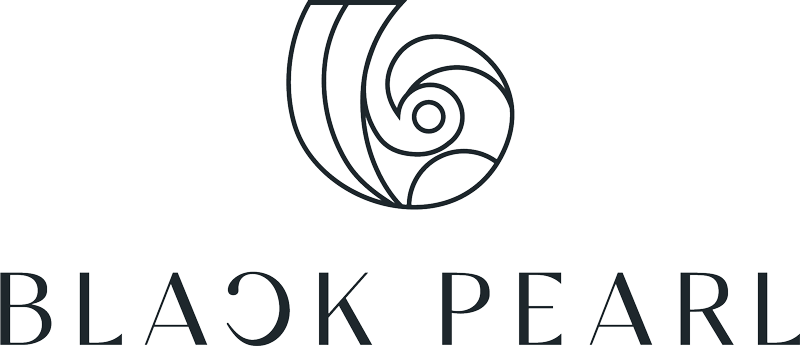Culture, Film and Language
“Hello, my friends, my name is Eagle Woman, I’m from the Blackfeet Nation.”
Lily Gladstone graced the stage on Sunday night to accept her inaugural Golden Globe for Best Actress in a Motion Picture (Drama) in “Killers of the Flower Moon,” addressing the audience in the Blackfeet language.
“This award belongs to—and I hope I don’t get counted down too fast because this is an historic one—I’m so grateful that I can speak a little bit of my language, which I’m not fluent in, up here because in this business, Native actors used to speak their lines in English and then the sounds mixers run them backwards to accomplish Native languages on camera.”When excluded from dialogues, the solutions we witness fall short; in Gladstone’s case, with movie producers resorting to rewound tapes to replicate indigenous languages instead of utilising the real ones. It’s estimated that there are roughly 7,000 languages spoken around the world today.
Moreover, some languages have a wide range of dialects, which can also be considered separate languages in some cases. The distribution of these languages varies significantly, with some languages spoken by millions of people while others might be spoken by only a handful of individuals, putting them at risk of disappearing. By speaking out about the historical misrepresentation of Native languages in film, Gladstone advocates for change. Her platform provides visibility to the struggles faced by indigenous actors and cultures, urging the industry to adopt more respectful and accurate practices.
Ultimately, Gladstone’s impactful moment highlights the need for a shift in the entertainment industry’s approach. Authentic representation of indigenous cultures, including the use of native languages, not only respects the heritage and identity of these communities but also enhances the depth and richness of storytelling on screen. It’s a call for the industry to embrace and celebrate diversity in its truest form.
This exemplifies how representative narratives and storytellers form an authentic part of the entertainment industry. Language preservation contributes to providing inclusive and quality education (Sustainable Development Goal 4.7). When indigenous or minority languages are maintained, educational materials can be created in those languages, ensuring that diverse communities have access to education in their mother tongues. This fosters better learning outcomes and promotes educational equity.
Story-telling and Representation
While gracing the red carpet at the 2024 Golden Globes, Issa Rae was acknowledged as “President Barbie” by two young Black girls, members of Recess Therapy, a YouTube channel featuring kids discussing life’s significant questions.
Studies have shown that children who see positive representations of people who look like them in media report higher self-esteem. Conversely, inadequate representation or negative stereotypes can lead to lower self-esteem and limited aspirations among marginalised groups.
“I saw you on Barbie!” exclaimed one of them as Rae approached the microphone.
“You saw me on Barbie?!” Rae responded.
“You were the president!” the young reporter exclaimed. “I wanted to be you!”
Rae responded with warmth and encouragement, stating, “You serious, y’all wanted to be President Barbie? You can be her! Easily.”
Representation across media isn’t just about creating opportunities for intergenerational inspiration and growth; it’s also pivotal for sustainability. When children, in this instance, black girls, witness representations of themselves in positive and diverse roles in media, it empowers them.
The United Nations reports that when girls see women in leadership positions, they are more likely to pursue higher education. Education, especially for girls, is a cornerstone of sustainable development, leading to improved economic opportunities, health outcomes, and informed decision-making.
A survey by the Girls’ Index found girls who know female leaders are more likely to have high career aspirations. 72% of girls who know female leaders aspire to be leaders themselves compared to 48% who do not. Reports indicate when girls see women in leadership positions, they are more likely to pursue higher education. Education, especially for girls, is a cornerstone of sustainable development, leading to better economic opportunities, improved health outcomes, and informed decision-making. The Inter-Parliamentary Union shows that female legislators often prioritise social issues, health, education, and environmental policies. Their leadership can lead to policies that address sustainability challenges more effectively.
Style, Music and Identity
Musician, artist, and actress Billie Eilish’s outfit, designed by Willy Chavarria, featured a beige pleated skirt, an oversized black blazer, and a light blue Peter Pan collar shirt, complemented by a ribbon she received as a recent birthday gift. She completed the look with Anita Ko jewellery and retro Mary Jane heels purchased at a thrift store last year.

‘Resourceful Creativity’ is inherently linked to sustainability, as it encourages a mindful use of resources across cultural spaces and cultural expressions. It is aligned with a philosophy aimed at reducing waste and finding beauty in scraps, trims, and elements of apparel. This ethos is evident across the globe. In various Middle Eastern cultures, embroidery techniques such as Palestinian tatreez or Lebanese smocking use scraps of fabric to embellish traditional clothing like dresses or headscarves.
These intricate patterns hold cultural and regional significance. In India, the borders of old or worn-out saris are often repurposed into decorative elements. These intricate borders, known as “gota” or “zari,” are used to embellish new garments or accessories like bags and cushion covers, adding a touch of traditional elegance.
Across many African cultures, quilting and patchwork techniques are used to create vibrant and intricate textiles. For instance, in the region of Gee’s Bend, Alabama, African American quilters developed a distinctive style that repurposed scraps of fabric into quilts with bold geometric patterns. These examples highlight the diverse ways different cultures utilise scraps, offcuts, and elements from apparel to create new pieces, preserve traditions, be efficient, and showcase artistic expression.
By utilising cloth scraps in traditional crafts such as doll-making and puppetry, and by employing patches or fabric remnants for garment repair or reinforcement, these practices extend the lifespan of clothing, promoting sustainable solutions that encourage resourcefulness, reduce consumption, and foster a culture of sustainability. Creative do-it-yourself (DIY) communities focus on repairing, upcycling, and repurposing items rather than discarding them. Upcycling household items could save 6.4 million tonnes of CO2 emissions annually in the UK (The Waste and Resources Action Programme).
Across culture, film and language, style, music and identity, and story-telling and representation, cultural sustainability sits at the intersection of fashion, film, music and education, and presents an opportunity to open dialogues in emotive and authentic ways.




